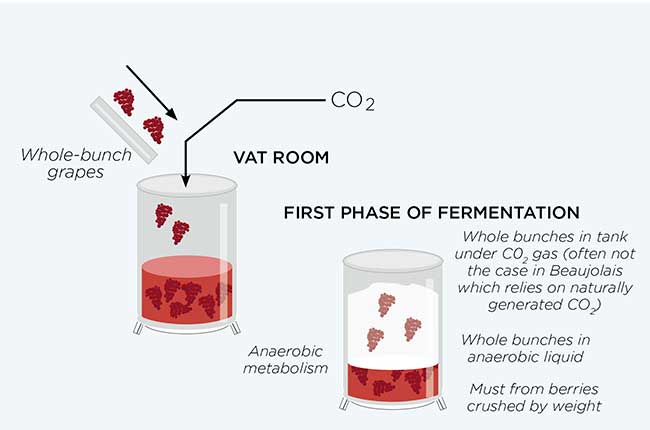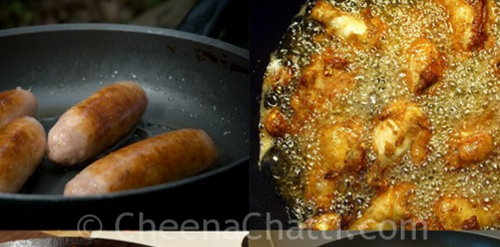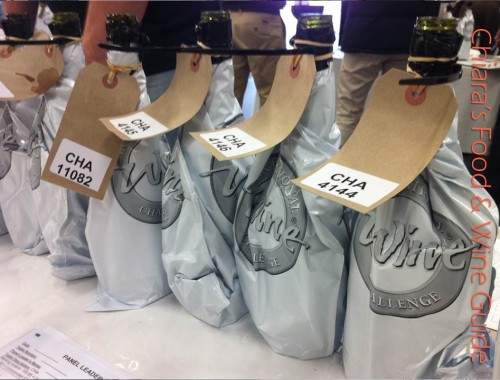After the harvest and possible sorting of the grapes, it is necessary to proceed to the fermentation in order to transform our “grape juice” into wine (by transforming the sugars into alcohol).
(Especially) For what it may concern red wines, fermentation can take place in different ways, depending on the type of grapes available and the desired result.
DESTEMMING
– Stalks are removed at the same time or before the gentle crushing. (The stalks are eliminated to reduce green aromas and the extraction of aggressive tannins)
– At this point, we have the must with pomace (=the skins left in maceration for the release of colour and other substances such as tannins)
– Fermentation (by yeasts intervention) with maceration
WHOLE BUNCHES FERMENTATION
– There is no destemming: the bunches are left intact with the stems
– if whole bunches are placed in special containers saturated with carbon dioxide (no Oxygen) an intra-pellicular fermentation starts (we have the so-called carbonic maceration)
– in this case, the wines will have a very specific character: they are fruity, light and vinous, not suitable for ageing and often with typical notes of bubble gum, strawberry, banana, cinnamon
– particularly widespread in France, in Beaujolais area (with Gamay grapes)
– (Do not forget the presence of the stems during the process)
FERMENTATION WITH WHOLE BERRIES
– The grapes are de-stemmed but not crushed so getting just intact berries
– brought into fermentation containers with intact berries
– The berries will break under their own weight more easily than whole bunches and then “regular” fermentation will start with the action of yeasts (which, in turn, can more easily penetrate into the berries through the puncture created by de-stemming)
-the effect of the carbonic maceration, thus, is much more limited
– This method allows to:
- slow down the release of tannins and colour present in the skins and so
- give better control over the whole process of vinification











